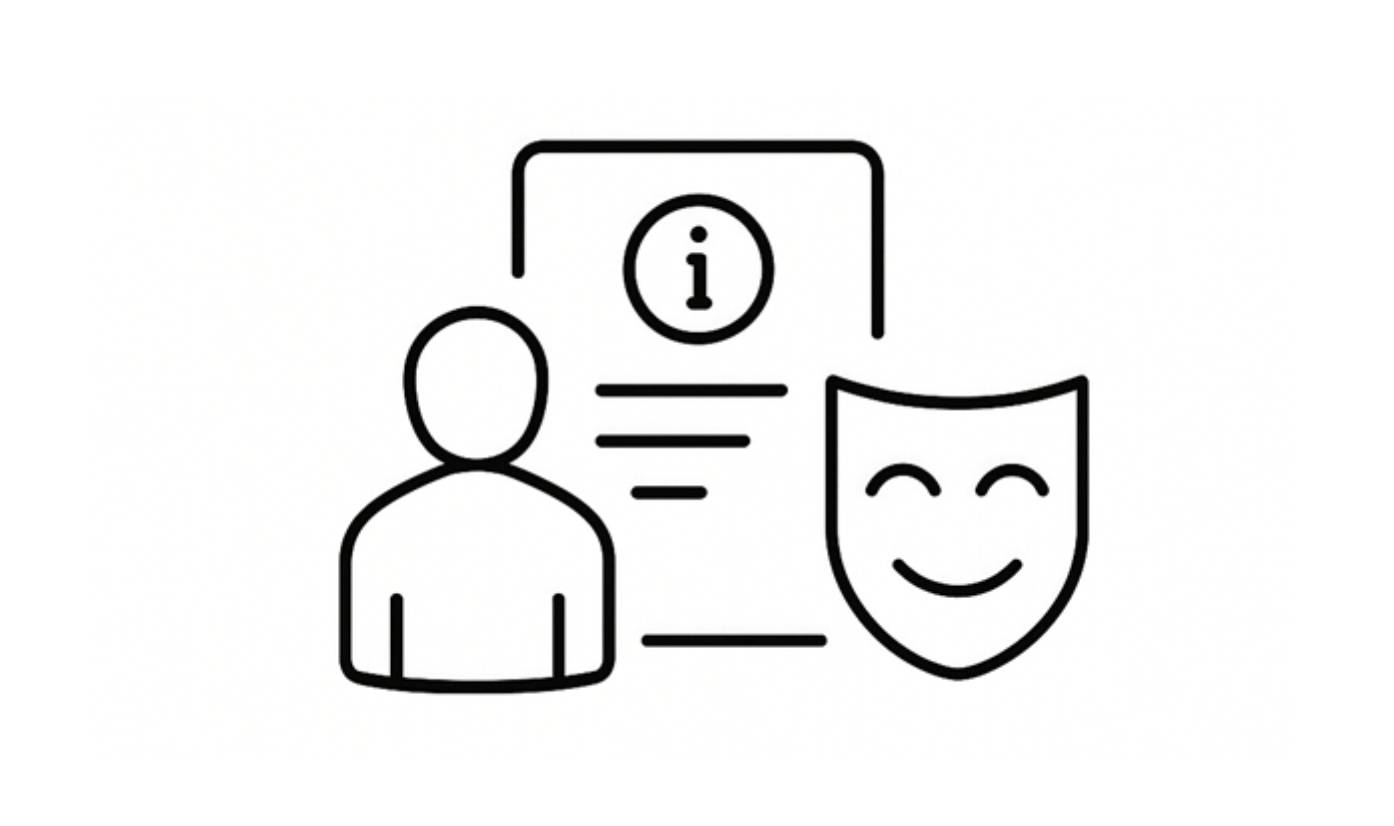Goal: Show how plain language in cultural, creative, and tech industries improves accessibility, user experience, collaboration, and inclusivity while keeping messages engaging and impactful.
The cultural, creative, and tech sectors often combine highly innovative work with equally complex language, but audiences, clients, and users need to understand what’s on offer.
Why plain language matters in these sectors
- Makes creative work accessible. Whether it’s an art exhibition, a theatre program, or a game app, plain language helps reach broader audiences.
- Improves user experience. In tech, clear navigation, instructions, and error messages improve satisfaction and reduce frustration.
- Supports innovation. When creative teams communicate clearly internally, they collaborate more effectively and speed up innovation cycles.
- Expands inclusivity. Cultural projects often aim to engage diverse audiences; plain language ensures nobody is left out.
Examples of where plain language helps
- Museum labels and exhibition guides
- Marketing materials for art, film, music, or design projects
- Website and app interfaces
- Start-up pitch decks and investor communications
- Crowdfunding campaigns
Practical tips for creatives and tech teams
- Focus on what’s exciting and why it matters — avoid overly technical or niche jargon.
- Use storytelling and examples to bring ideas to life.
- Test communications with real users or audiences to see what works.
Reflection prompt
- How does plain language enhance accessibility and user experience in cultural, creative, and tech industries?
- What are some effective ways creatives and tech teams can simplify their communication without losing meaning or impact?
